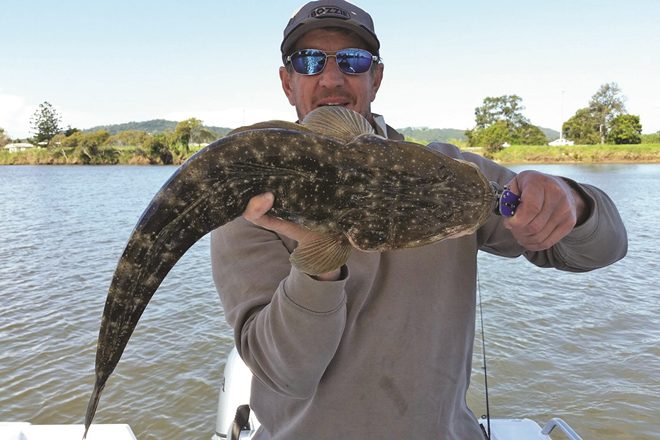G’DAY everyone; the year is flying by and we are now moving into spring, which normally means very good weather patterns and an excellent time to target Gold Coast flathead.
Flathead tend to move downstream towards the river entrances this month, with the smaller male fish colonising around the larger female fish in order to spawn. The fish will be found in numerous areas in the lower reaches, with some of the best spots along the edges and channels between seagrass beds as well as deep drop-offs from sand and mud banks. Deep holes and areas with a broken and scattered reef bottom are another favourite haunt for Gold Coast flathead at this time of year.
Flatties will bite on all tides but I prefer the run-out tide as these fish are full ambush predators that find locations on the bottom to sit and wait for baitfish to come to them as the tide recedes. Several characteristics make flathead the perfect ambush predators. First, they are chameleon-like and can change colour to suit their surroundings. Second, they have eyes on top of their heads for bilateral vision. Third, their big mouths are designed to devour large prey. And finally, they have an explosive burst of speed off the mark.
As with most fish species, they can be seen on your fishfinder but because they lie on the bottom, often only their eyes are exposed. However, I have found that when you pick up good baitfish readings close to the bottom with your sounder, flathead will usually be lying underneath. It was thought for many years that flatties were lazy, territorial fish that did not roam around much, but they are quite the opposite and will migrate en masse up and down our rivers pursuing and following schools of bait.
The best thing about flathead is their eagerness to attack anything that comes into their zone, meaning they will readily take any bait or lure that comes near them. Some of the best baits for Gold Coast flathead are live herring and poddy mullet, or if you can’t catch livies, well-presented white or frogmouth pilchards will do the job. The trick with bait fishing is to keep it moving, meaning you will catch more fish on the drift than with a bait fixed on the bottom.
Flathead are certainly not fussy about taking a well-presented lure, and in fact they will smash any lure in your tackle box as long as it is kept near the bottom. Flathead will readily devour a well-worked hard-bodied minnow lure, either on the troll or cast and retrieved, as long as the lure is continuously tapping the bottom. This means you might have to buy a few lures that dive to different depths to match the depth of water you choose to fish. When trolling, try to drive with the tide for better results because flathead will be facing into the tide, which means your lure will be swimming into their faces as they wait in ambush mode.
If soft plastics, blades and vibes are your thing, flatties love them too as long as they are kept hopping along the bottom. I find a steady 30cm hop of the lure across the bottom is effective. To impart this action, all you have to do is maintain a repetitive 30cm flick of the rod tip and slowly retrieve the slack line as you go. If you are drifting with the tide, you can flick the rod tip without retrieving the slack line because the line will become taut as the boat moves with the tide. This is a great technique because it enables you to cover a lot of ground with your lure in the strike zone for a prolonged period.
To conclude, remember this is the flatties’ breeding time, so handle the fish carefully and release the big ones, only taking enough for a feed. We need to protect these fantastic fish for the future.
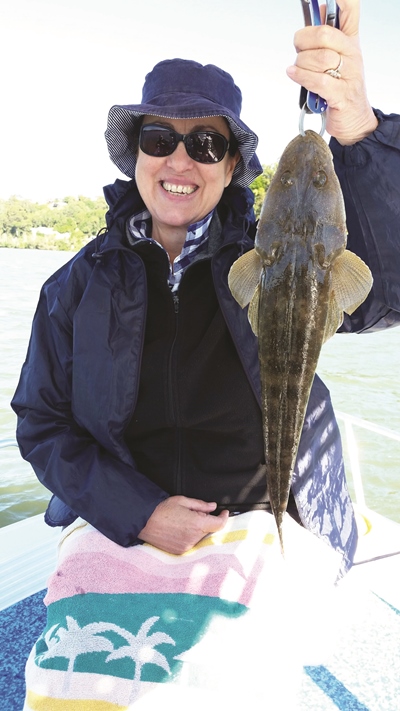
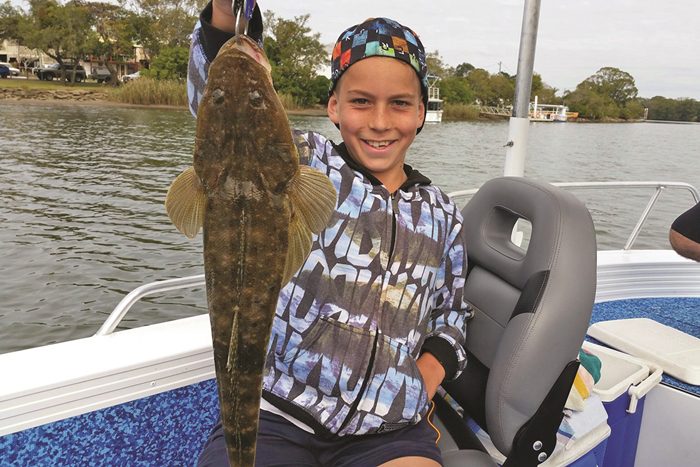
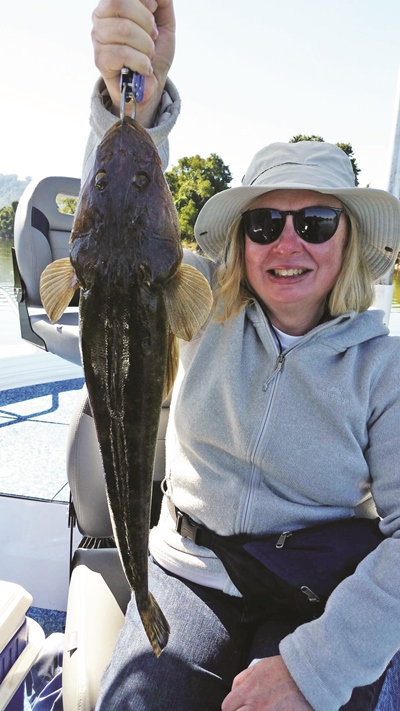
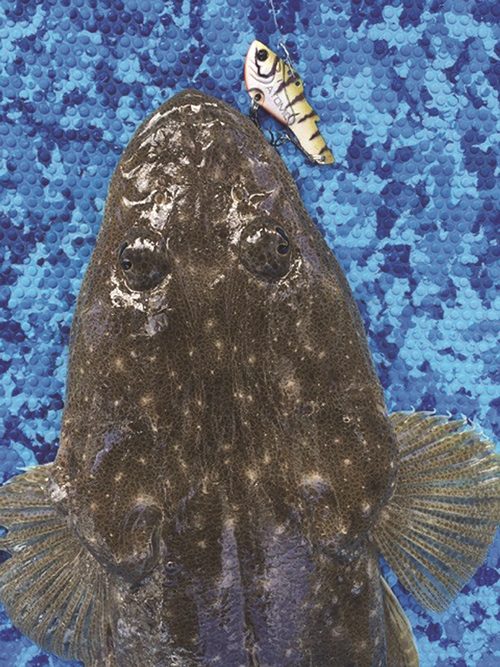
 Bush ‘n Beach Fishing Magazine Location reports & tips for fishing, boating, camping, kayaking, 4WDing in Queensland and Northern NSW
Bush ‘n Beach Fishing Magazine Location reports & tips for fishing, boating, camping, kayaking, 4WDing in Queensland and Northern NSW

